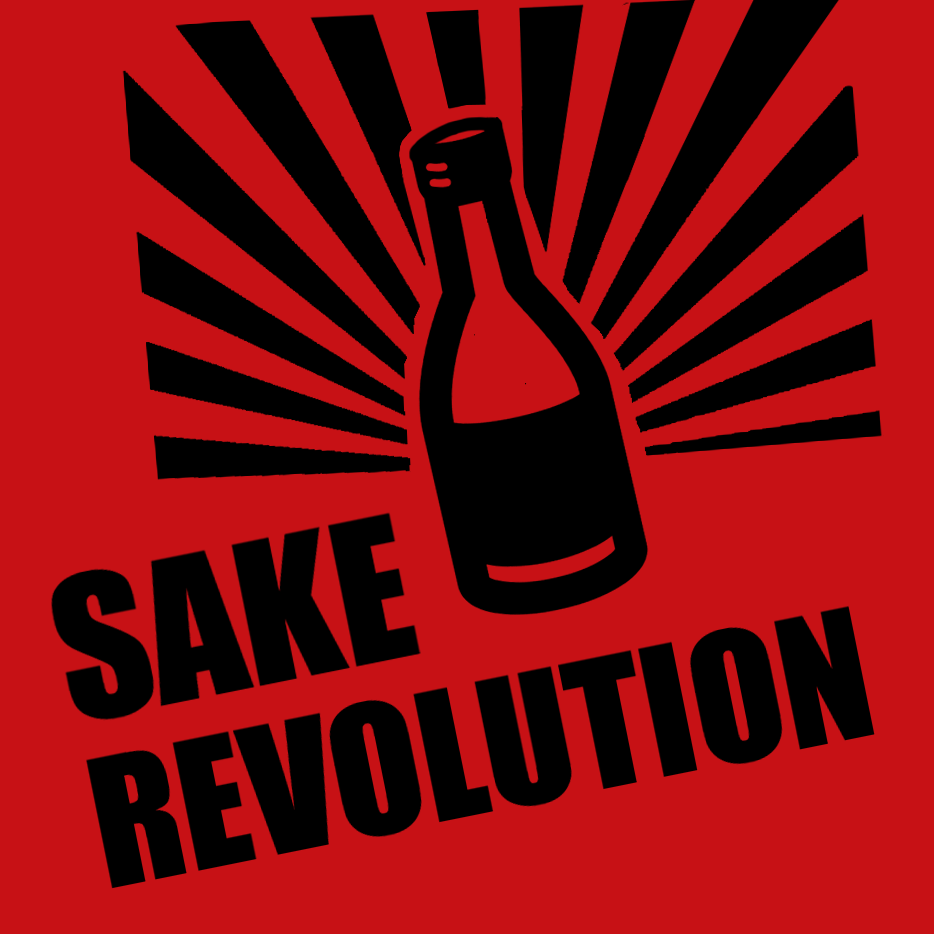Solid Gold!
 One pop culture memory from the ’80’s that’s is hard to shake loose is the Solid Gold! Dancers strutting their stuff on TV. The creators of that show knew that gold has a glittering, glamorous allure that is second to none. Let’s face it, a show featuring the Sterling Silver! dancers would have flopped, big time! Without a doubt, gold has the power to not only make a hit TV show, but to build empires, and possession of gold imparts some serious caché.
One pop culture memory from the ’80’s that’s is hard to shake loose is the Solid Gold! Dancers strutting their stuff on TV. The creators of that show knew that gold has a glittering, glamorous allure that is second to none. Let’s face it, a show featuring the Sterling Silver! dancers would have flopped, big time! Without a doubt, gold has the power to not only make a hit TV show, but to build empires, and possession of gold imparts some serious caché.
Surprisingly, some Japanese brewmasters are also tuned-in to the undeniable appeal of pure gold. The connection between gold and sake was explored in detail at a recent American Museum of Natural History Event I attended called, “Adventures in the Global Kitchen: Golden Sake“. This enjoyable evening was co-sponsored by Sakagura restaurant and featured a lecture by Sake expert Michael J. Simkin.
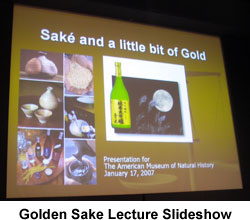 This was one of the most well put-together tasting events I’ve ever been to. The facilities, printed materials, food, lecture and sake were all first rate. The evening started out with some introductory remarks from Bon Yagi, the owner of Sakagura. I was lucky enough to meet Mr. Yagi at the end of the evening and it was an honor to talk to someone who played such a large role in bringing sake to New York.
This was one of the most well put-together tasting events I’ve ever been to. The facilities, printed materials, food, lecture and sake were all first rate. The evening started out with some introductory remarks from Bon Yagi, the owner of Sakagura. I was lucky enough to meet Mr. Yagi at the end of the evening and it was an honor to talk to someone who played such a large role in bringing sake to New York.
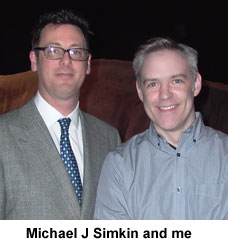 Next, Sake expert Michael J. Simkin took the podium and began a lecture on the sake production process and sake’s connection to gold. Michael has traveled extensively through japan and has interned at breweries working in the trenches to learn first-hand how sake is made. For me, one of the highlights of the presentation was the many photos Michael showed of him involved in the hands-on production process.
Next, Sake expert Michael J. Simkin took the podium and began a lecture on the sake production process and sake’s connection to gold. Michael has traveled extensively through japan and has interned at breweries working in the trenches to learn first-hand how sake is made. For me, one of the highlights of the presentation was the many photos Michael showed of him involved in the hands-on production process.
Museum volunteers then brought each of us a tasting size of the 5 featured gold leaf sakes.
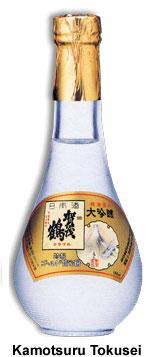 As chance would have it, I recently reviewed the first sake we tried just last month! It’s the Kamotsuru Tokusei Gold (Daiginjo, Seimaibuai 50%%, SMV +1.5, Acidity 1.4, ALC 16.4%, Hiroshima Prefecture). I liked this sake last month and I liked it again tonight. The way Kamotsuru uses gold sets it apart from the other sakes immediately. The gold leaf is pressed into beautifully finished flower shapes that dance about in the bottle and in a small 180ml bottle there are only two of these tiny bits of gold. The sake itself is quite good and it was the least dry of the sakes we tried. The long finish and smooth palate remained from my first sampling of this sake.
As chance would have it, I recently reviewed the first sake we tried just last month! It’s the Kamotsuru Tokusei Gold (Daiginjo, Seimaibuai 50%%, SMV +1.5, Acidity 1.4, ALC 16.4%, Hiroshima Prefecture). I liked this sake last month and I liked it again tonight. The way Kamotsuru uses gold sets it apart from the other sakes immediately. The gold leaf is pressed into beautifully finished flower shapes that dance about in the bottle and in a small 180ml bottle there are only two of these tiny bits of gold. The sake itself is quite good and it was the least dry of the sakes we tried. The long finish and smooth palate remained from my first sampling of this sake.
Next we tried Manotsuru Sakin Honjozo (Seimaibuai 60%, SMV +4.5, Acidity 1.4, ALC 15.5%, Niigata Prefecture, Obata Brewery). I found this sake to have a soft, round feeling on the palate. Noticeable dry notes pervaded from start to finish. Of all the sakes I tried, this one have me the most gold flakes per cup!
Third was Kinpaku “Gold Leaf” (Seimaibuai 55%, SMV +3.0, Acidity 1.5, ALC 15.5%, Mie Prefecture, Wakaebisu Brewery). Of all the sakes we tried, for me, this one has the most pronounced alcohol bite. The nose smelled slightly pasty to me and brought forth images of kindergarten arts and crafts. I think this was my least favorite of the group.
 Next sake up to bat was Shochikubai Jun-Kinpaku-iri Tokubestsu Junmai (Seimaibuai 60%, SMV +2.0, Acidity 1.6, ALC 15.5%, Kyoto Prefecture, Takara Brewery). This sake comes from a huge brewery and I learned from Michael that Takara is the #1 seller of sake in the USA. This sake came across with classic Junmai flavors and robust richness that kept the overall flavor profile “down to earth”. Nothing flowery or too elegant here.
Next sake up to bat was Shochikubai Jun-Kinpaku-iri Tokubestsu Junmai (Seimaibuai 60%, SMV +2.0, Acidity 1.6, ALC 15.5%, Kyoto Prefecture, Takara Brewery). This sake comes from a huge brewery and I learned from Michael that Takara is the #1 seller of sake in the USA. This sake came across with classic Junmai flavors and robust richness that kept the overall flavor profile “down to earth”. Nothing flowery or too elegant here.
The final sake we tried was Manotsuru Koshu Vintage 1999 (Seimaibuai 40%, SMV +5.5, Acidity 1.1, ALC 16.5%, Niigata Prefecture, Obata Brewery).. This interesting sake is not available in the US and is quite expensive – even in Japan – so it was a real treat to get to try it. Now, this was not the smoothest, most mind bending koshu I’ve ever had… but it’s better than most. The palate has hints of the Sherry-like flavors you get in less subtle aged sake. Along with a pleasant lingering finish, the color was also nice, keeping much of it’s clarity since 1999, unlike other sakes that turn various shades of amber when aged.
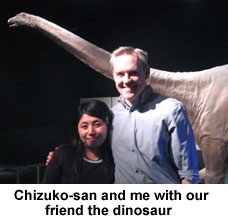 Once the lecture and tasting was over, Sakagura served some delicious food and refills on sakes were offered, too.
Once the lecture and tasting was over, Sakagura served some delicious food and refills on sakes were offered, too.
I finished the night understanding that gold leaf sakes are used often in gift giving and celebrations. Gold is considered a little something extra to set a gift of sake apart and let the receiver know they’ve gotten something special. Now, whether you’re drinking sake or watching some dancers on TV, these activites are meant to be fun, yet the moment you add some “Solid Gold” in the mix – you know you’re in for some serious fun.


